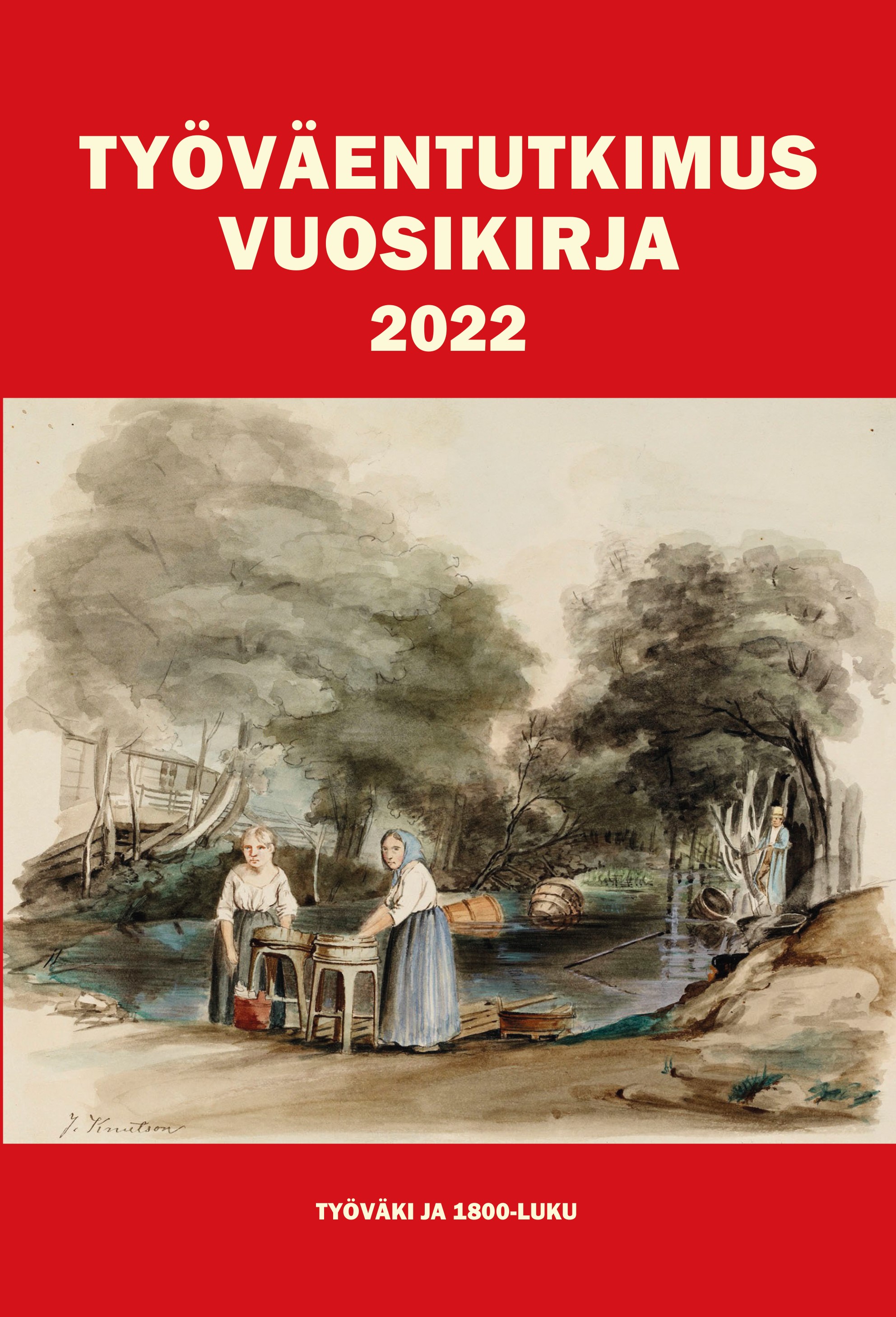The Libraries of the Working Class in Jämsä and Mänttä
DOI:
https://doi.org/10.37456/tvt.125578Keywords:
Jämsä, Mänttä, kirjastot, työväenyhdistyksetAbstract
When the worker’s library was established in Mänttä, Finland, in 1912, the first thing to do was to organize a few events to bring in cash. With the money gathered by the events, a bookcase and books were acquired. The loan payment was agreed to be five pennies per loan or two marks as an annual payment.
In Finland, the number of workers’ libraries grew particularly quickly in the first decade of the 20th century, when workers’ houses were enthusiastically built. In workers’ houses, library was set conveniently, for example, in the corner of the house’s restaurant. Workers’ associations founded libraries with the aim of refreshing and enlightening their members. In 1916, there were already more than a thousand workers’ libraries in Finland.
Reporter, Member of Parliament K.H. Wiik explained the principles of forming a book collection as follows: A lot of good fiction, travelogues and biographies must be purchased. For children, one should acquire books that weaken ”the influence of religious and patriotic books made for Volksschule and Sunday School”. Naturally, there must also be scientific and socialist literature in the libraries.
There were cases where the workers’ library served the entire population of its area free of charge, not just its own membership. In these cases, the libraries received state aid for their operation. This also happened in Mänttä, where the library flourished in the 1920s as a common library for the entire municipality. However, at the end of the decade, the ownership of the library was transferred to the municipality. In the same way, other workers’ libraries faded away: they were merged with municipal libraries or died due to disuse.
Downloads
Published
How to Cite
Issue
Section
License
Copyright (c) 2022 Eija Eskola

This work is licensed under a Creative Commons Attribution 4.0 International License.





